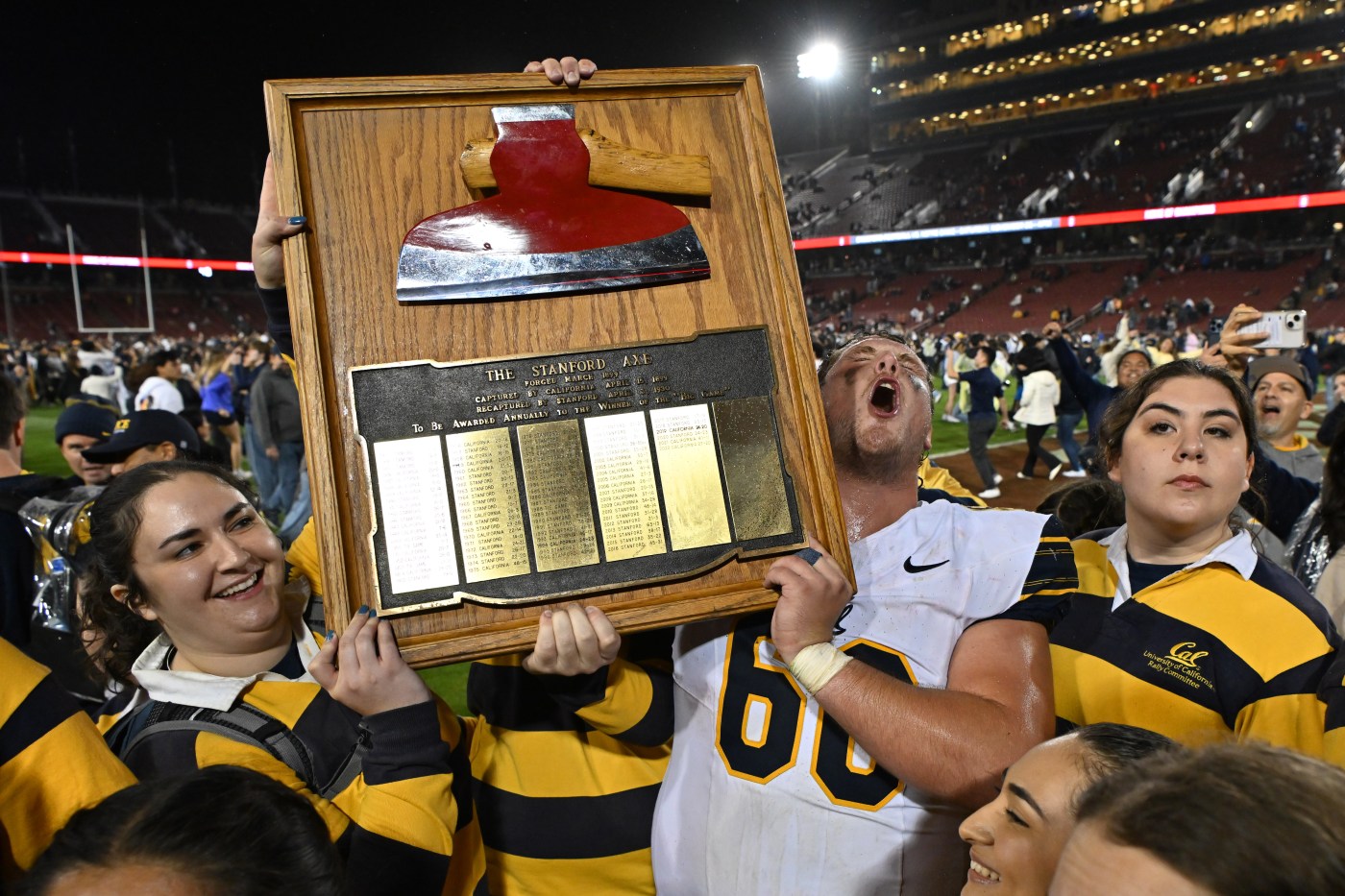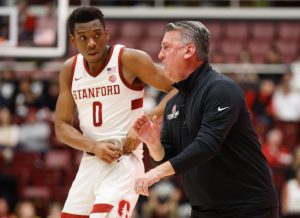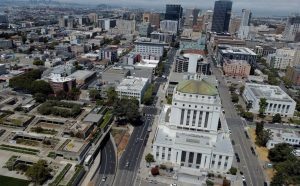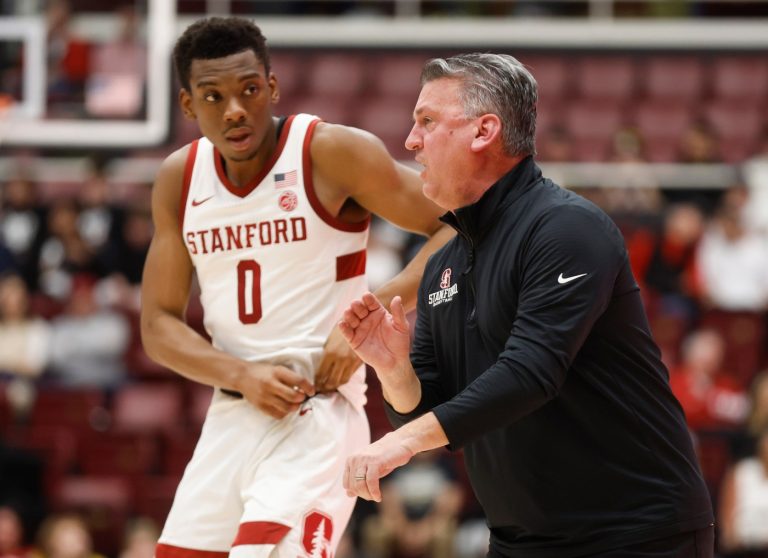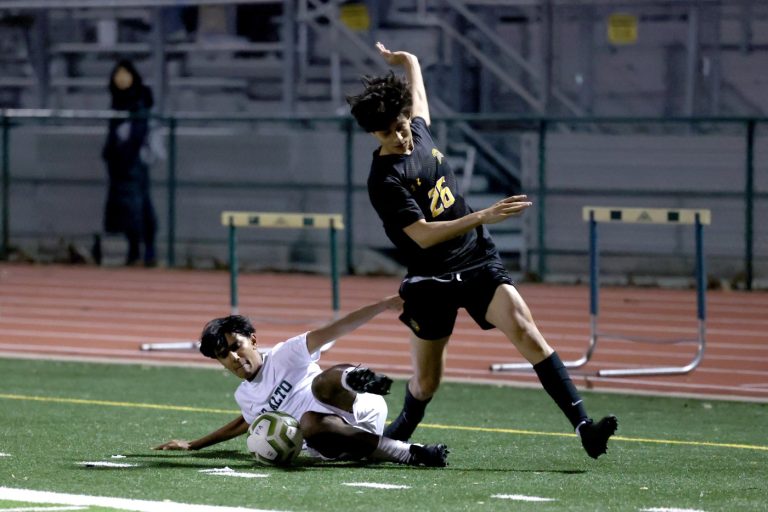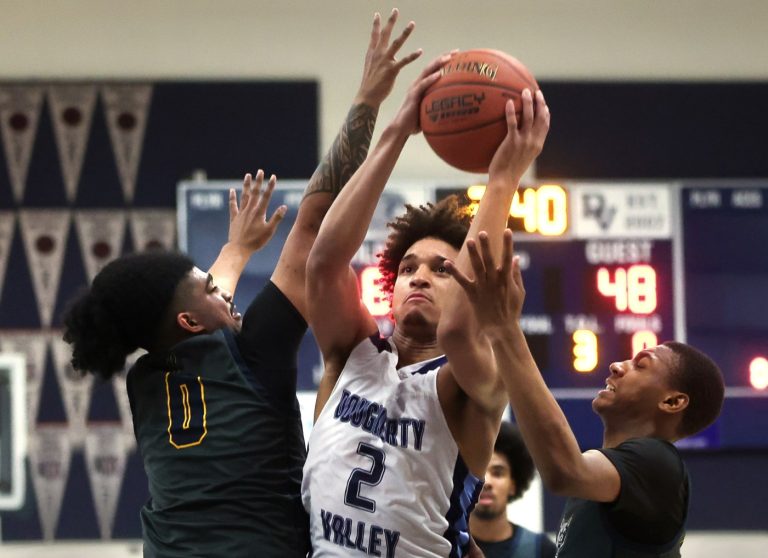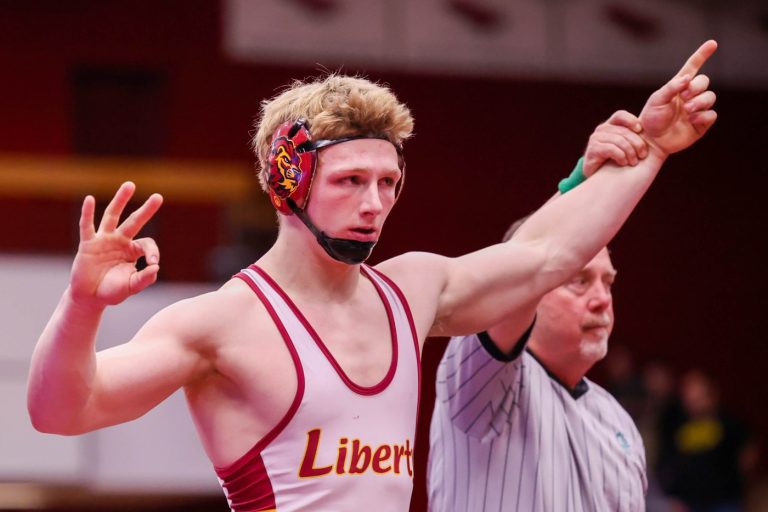The Bay Area schools’ struggles on the field and court in recent years have contributed to mounting losses on the bottom line.
A review of financial documents by the Hotline revealed the Cal and Stanford athletic departments produced a $37.6 million (combined) operating shortfall in the 2022 and 2023 fiscal years — a precarious existence as they prepare for life in the ACC under an agreement that initially assigns them partial shares of the conference’s revenue.
However, that $37.6 million shortfall included direct university support that was booked as revenue under the NCAA’s financial reporting procedures.
Remove university support from the revenue totals and the Bears and Cardinal experienced an operating shortfall of $122.7 million over the past two years: $46.9 million in FY2022 and $75.8 million last year.
While the combined deficit is mammoth by any standard — and surely would be received poorly by faculty on both campuses — many within college athletics believe subsidies from campus to support athletics are good business.
“You could make the case that the transfers (from campus) are more of a marketing expense because athletic departments are major ambassadors for the universities,” David Carter, an adjunct professor of sports business at USC and founder of the Sports Business Group, wrote in an email.
“Administrations don’t look at $25 million like it’s money specifically for branding, but they inherently believe that it’s important to have strong athletics.”
Cal’s financial reports to the NCAA are public information. As a private school, Stanford is not bound to the same requirements, but annual reports for the Cardinal’s athletic department are available online.
They show:
— In FY2022, Stanford booked $134.1 million in revenue against $145.6 in expenses, with $10 million in direct campus support for the varsity athletics programs. Total shortfall without support: $21.5 million.
— In FY2023, Stanford showed $136.9 million in revenue against $157.9 million in expenses and $12.3 million in campus support. Total shortfall without support: $33.3 million.
Cal’s information is more complicated, in part because the athletic department is required to transfer money back to central campus each year as part of an internal accounting process. To account for that quirk, we excluded the transfers from the total amount of university support.
The results are as follows:
— In FY2022, the Bears generated $120.5 million in revenue against $116.8 in expenses and $29.1 million in campus support. Total shortfall without support: $25.4 million
— In FY2023, they booked $129.5 million in revenue against $138.3 million in expenses with $33.7 million in support. Total shortfall without support: $42.5 million.
The shortfalls come with the schools preparing to join the ACC this summer — they announced the 12-year arrangement on Sept. 1 — at a distinct financial disadvantage.
Desperate for a home after the collapse of the Pac-12 but lacking negotiating leverage, they will receive 30 percent shares of the ACC’s annual media revenue from its broadcast contract with ESPN.
The discount covers seven years and will leave both Cal and Stanford with revenue distributions that are approximately $15 million less (annually) than the ACC’s current members.
The discounts will ladder up for two years before Cal and Stanford receive full shares in the final three years.
How do they plan to make the math work?
Leadership changes at both universities adds a layer of intrigue. To what degree, if any, will new Cal chancellor Richard Lyons and new Stanford president Jonathan Levin provide additional campus support?
“Stanford will join the ACC as a full member, initially contributing a portion of media revenues back to the conference until it ultimately receives a full share,” an athletic department spokesperson explained (via email).
“Stanford is working through the financial dimensions of this arrangement and has developed a financial model leaning on new and increased revenue streams, philanthropy, and institutional support, which will ensure that our student-athletes have the support needed to continue competing for national excellence.”
The Bears have yet to finalize their strategy as they await a decision from the University of California’s Board of Regents on the so-called “Berkeley tax,” by which UCLA would be required to funnel some of its Big Ten revenue to Cal’s athletic department.
Related Articles
Big 12 move will lower, not eliminate deficits for 4 Corners schools
Pac-12 mailbag: Odds of reverse merger between WSU, OSU, Mountain West
Oregon preps for Big Ten with stout balance sheet, no campus support
Utah athletics shatters its revenue record in another profitable year
Washington attempts to restructure stadium debt ahead of Big Ten move
In Dec. 2022, the regents approved a subsidy range from as little as $2 million to as much as $10 million, but they have not specified the amount or implementation date.
“Intercollegiate athletics are an essential part of the university, and we have been clear in our commitment to sustain a broad-based program, and to enabling our student athletes to thrive,” a university spokesperson said (via email).
“In order to have a program that is consistent with our values and budgetary reality, we are working to confront the financial challenges through the development of new and alternative forms of revenue streams while carefully controlling expenses.”
Several outside factors are complicating the situation for the Bears and Cardinal, including a series of lawsuits against the NCAA’s economic model that could result in athletes becoming employees.
Atop the list of legal threats is House vs. NCAA, an antitrust case that was recently granted class status and could cost the power conferences billions in backpay and future revenue.
What’s more, both schools are closely monitoring the tumult inside the ACC, where Florida State and Clemson have filed lawsuits against the conference in an effort to break free and possibly join the SEC or Big Ten.
If they succeed, the conference could disintegrate long before Cal and Stanford begin receiving full revenue shares.
*** Previously in this series:
Pac-12 schools required more than $150 million in subsidies last year. What’s the big deal?
Dan Hurley was right: Arizona State doesn’t support his brother
Does Arizona really have a financial crisis?
Washington hopes to refinance stadium debt ahead of Big Ten move
Cha-ching!: Utah did Utah things once again in 2023
Oregon stands alone as the Pac-12’s only self-funded operation
Moving to the Big 12 won’t solve all the money woes for the Four Corners schools
*** Send suggestions, comments and tips (confidentiality guaranteed) to pac12hotline@bayareanewsgroup.com or call 408-920-5716
*** Follow me on Twitter/X: @WilnerHotline
*** Pac-12 Hotline is not endorsed or sponsored by the Pac-12 Conference, and the views expressed herein do not necessarily reflect the views of the Conference.
